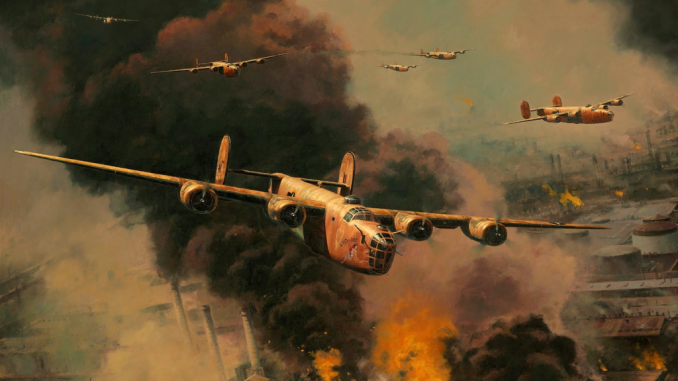

Sometimes when browsing various social media and forums, you come across an idea or a story that really fascinates you. This is what happened to me while I started reading about Survivor bias in Statistics. Of course, this subject was brought up in the context of military operations, as I don’t go around and read statistic forums.
The Survivor bias
When people look at certain situations, they might not knowingly evaluate a problem or a set of data the correct way simply because they fail to take into consideration what is not displayed in front of them. One of these cases was the work of Abraham Wald. Incidentally, he was born in 1902 in Sibiu, a city which was in the Kingdom of Hungary then, but is now in modern day Romania, so I can claim he is my conational.
Just as the black clouds of WW2 were gathering, he emigrated to the US and from 1942 to 1945 he was part of the The Statistical Research Group.
This is where the story becomes really interesting, because it is once again an example of how smart people can affect/impact Military equipment. Most of us probably guess that each nation might have a “research” department for on the field combat applications, but this is the first time I read about a proper example of this.
One of the tasks that these brilliant men were assigned to do was to take a look at the damage that aircraft were sustaining in bombing missions. They ran an analysis of where planes had been shot up, and came up with this.

Obviously the places that needed to be up-armored are the wingtips, the central body, and the elevators. That’s where the planes were all getting shot up.
Abraham Wald disagreed. He thought they should better armor the nose area, engines, and mid-body. Which was crazy, of course. That’s not where the planes were getting shot.
Except Mr. Wald realized what the others didn’t. The planes were getting shot there too, but they weren’t making it home. What the military thought it had done was analyze where aircraft were suffering the most damage. What they had actually done was analyze where aircraft could suffer the most damage without catastrophic failure. All of the places that weren’t hit? Those planes had been shot there and crashed. They weren’t looking at the whole sample set, only the survivors.
The above comment was written by a gentleman named Scott Osborn on a Fb group and never was I struck by the reality of certain words like now. I would have (wrongly) guessed the same as the military, and reinforced all those areas where the planes that came back were damaged, however that would have been a bad decision.
Here are some more examples of Survivor bias applied to real life statistics:
When the Brodie helmet was introduced during WWI, there was a dramatic rise in field hospital admissions of severe head injury victims. This prompted requests to redesign the helmet, until a statistician remarked that the soldiers were actually now starting to survive shrapnel hits to the head and were making it to the hospital, while previously they didn’t, when they would have simply died. The increase in head injuries actually reinforced that the helmet was doing its job.
Another REALLY interesting one is also: did you know the majority of castles were made out of WOOD? (I should really do an article on this) But it’s not a largely known information because the majority of castles that we know are made of stone, due to the wood ones not passing the test of time. And again, because all that we see around us are stone castles, we directly assume all castles were made out of stone.
This is one subject that I plan to keep an eye on in the future, simply because I want to learn to draw the right conclusions from historical data (and not only, Survival bias is used extensively in business).

Leave a Reply